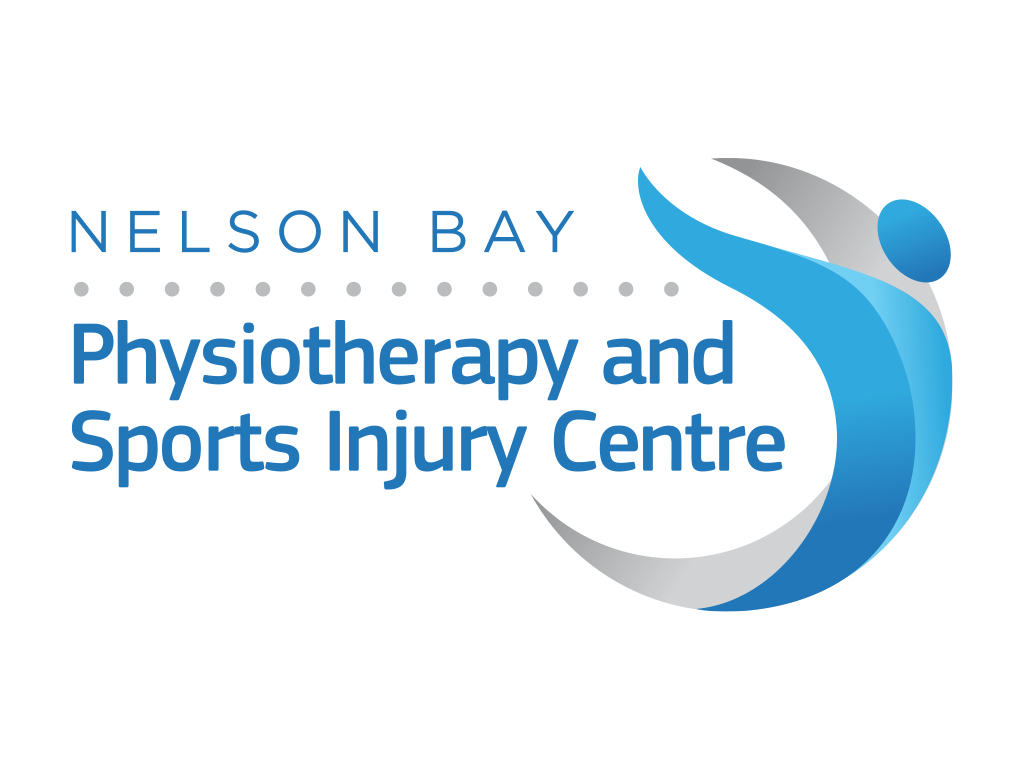Greater Trochanteric Pain Syndrome
September 22, 2017

Greater Trochanteric Pain Syndrome (GTPS) refers to pain originating from various structures in the lateral hip; mainly tendons and muscle tears. Traditionally lateral hip pain has been diagnosed as ‘Trochanteric Bursitis’, but imaging, histological and surgery studies have challenged this diagnosis by disproving the presence of any inflammation in this condition.
Lateral hip pain is termed GTPS as an umbrella term as several muscles insert on or near the greater trochanter (hip bone) that could be the cause of pain (gluteus maximus, gluteus medius, gluteus minimus, piriformis, tensor fascia late, iliotibial band, obturator externus, and obturator internus).
Who is affected?
Lateral hip pain affects 10% to 25% of the general population. GTPS most frequently occurs in late middle-aged women.
Presentation
Patients with GTPS will present with lateral hip pain, which is aggravated with pressure on that side of the body, such as while lying down. They often complain of pain with walking, stairs and may admit that pain is worse while standing on the affected leg. There may be associated pain radiation down the outside thigh but rarely below the knee.
How is it caused?
The cause of greater trochanteric pain syndrome is not completely understood, although rheumatologists and orthopeadic surgeons are becoming increasingly aware that local microtrauma leading to tears of the abductor (Gluteus minimimus/ maximus) tendons may be a leading cause of this syndrome.
It is hypothesised that excessive hip adduction (crossing over of legs) during functional activities may compress the gluteus medius and minimus tendons against the greater trochanter (hip bone) causing damage. Examples include standing with one hip in adduction (hanging on one hip), sitting with knees together or crossed over, and poor pelvic stability in dynamic single leg loading tasks. Running with a midline or cross-midline foot-ground contact pattern, on the camber of a road or in the same direction around a track are examples of dynamic activities that also adduct the hip, and could increase risk for development of lateral hip pain.
Additionally, the increased prevalence of GTPS in post-menopausal women suggests that deficits in female sex hormone may be implicated in the condition.
Treatment
Research shows that an exercise program targeting gluteal strength and correction to the kinetic chain is superior to cortisone injection, shockwave therapy and rest alone.
Here at Nelson Bay Physiotherapy we perform comprehensive clinical examinations to correctly diagnose and treat GTPS. From these assessments, we are able to provide tailored exercise programs, manual therapy, electrotherapy and taping to correct kinetic chain dysfunction and gluteal weakness. We ensure an appropriate and progressive loading program to ensure the tendon not only recovers, but the pain does not come back again. We work with your lifestyle and movement patterns to ensure that you’re not aggravating your tendons on a day to day basis, and modify your activities as needed.
Lastly
Hip pain is a major impediment to good health, capacity for physical activity, quality of life and mental health. Activity limitation because of hip pain is especially disturbing in older women (most commonly affected) due to known issues of loss of bone and muscle strength associated with menopause and increasing age.
Don’t put up with your uncomfortable hip – come and see us today to live your whole life better.
Written By: Nicole Pereira
References:
Allison, K., Vicenzino, B., Wrigley, T.V., Grimaldi, A., Hodges P.W. & Bennell, K.L. (2016). Hip Abductor Muscle Weakness in Individuals with Gluteal Tendinopathy. Medicine & Science in Sports & Exercise, 48(3), 346-352. doi:10.1249/mss.000000000000078
Fearon, A. M., Cook, J. L., Scarvell, J. M., Neeman, T., Cormick, W., & Smith, P. N. (2014). Greater Trochanteric Pain Syndrome Negatively Affects Work, Physical Activity and Quality of Life: A Case Control Study. The Journal of Arthroplasty, 29(2), 383-386. doi:10.1016/j.arth.2012.10.016
Fearon, A. M., Scarvell, J. M., Neeman, T., Cook, J. L., Cormick, W., & Smith, P. N. (2012). Greater trochanteric pain syndrome: defining the clinical syndrome. British Journal of Sports Medicine, 47(10), 649-653. doi:10.1136/bjsports-2012-091565
Grimaldi, A., Mellor, R., Hodges, P., Bennell, K., Wajswelner, H., & Vicenzino, B. (2015). Gluteal Tendinopathy: A Review of Mechanisms, Assessment and Management. Sports Medicine, 45(8), 1107-1119. doi:10.1007/s40279-015-0336-5
